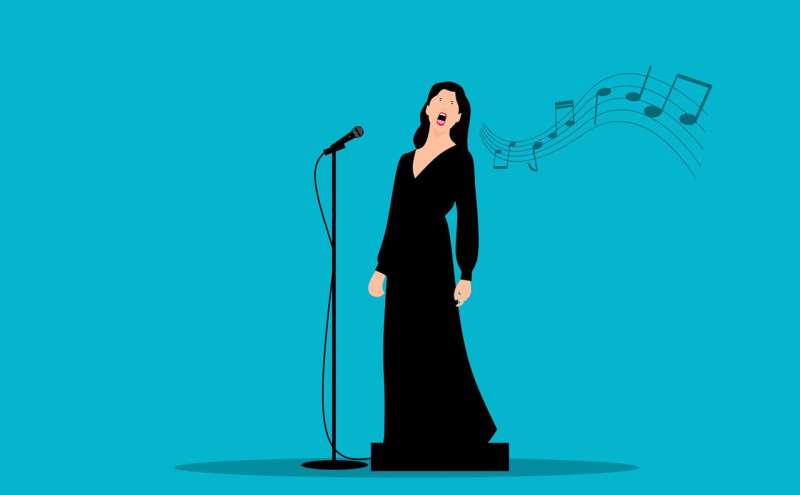August 17, 2022 report
Analysis of air flows emitted by performers from the MET highlight COVID-19 risks

A combined team of researchers from Princeton University and the University of Montpellier analyzed the COVID-19 infection risk for singers and musicians performing at the Metropolitan Opera House in New York City. The paper is published in the journal Physical Review Letters.
During the early days of the pandemic, media outlets began describing several choral groups as super-spreaders—it was believed a single performer could infect an entire church choir, for example. After such reports, most choral groups ceased performing, as did other singers and musicians around the world. One institution heavily impacted by the pandemic was the MET—not only was the venue closed, but artists were prevented from practicing together. That led officials at the venue to contact researchers at Princeton, asking them if they could provide a means of measuring the types of risk involved for different performers.
To learn more about virus spread during a performance, the researchers used special equipment to create videos of the performers in the lab. They found that different performers did indeed represent a greater risk to their fellow performers (or audience members) than others.
In recording a professional opera singer, for example, the researchers found some parts of some songs carried more virus-laden drops than others—when singing vowels, for example, the air moved slowly but contained a lot of droplets as they rose upwards. Consonants, on the other hand, generated stronger gusts from the singer, pushing droplets much farther away. The researchers note that because most opera songs are heavy on vowels, performances are not deemed risky. And when viewing video of performers playing wind instruments, considered to be the strongest contenders for spreading a virus by infected performers, the researchers found more variance than expected. Oboists, for example, were found to create far more impressive plumes of moisture-laden air than trombonists—primarily due to the huge exhalations that are required between different parts of a score.
The researchers suggest that the risk posed by individuals or groups, whether artists or people in other endeavors, can depend heavily on a number of factors, and thus, testing should be done before pronouncements regarding the degree of risk involved are made by scientists, the health community or ordinary people.
More information: Philippe Bourrianne et al, Air Flows in Opera, Physical Review Applied (2022). DOI: 10.1103/PhysRevApplied.18.024042
Journal information: Physical Review Letters
© 2022 Science X Network




















